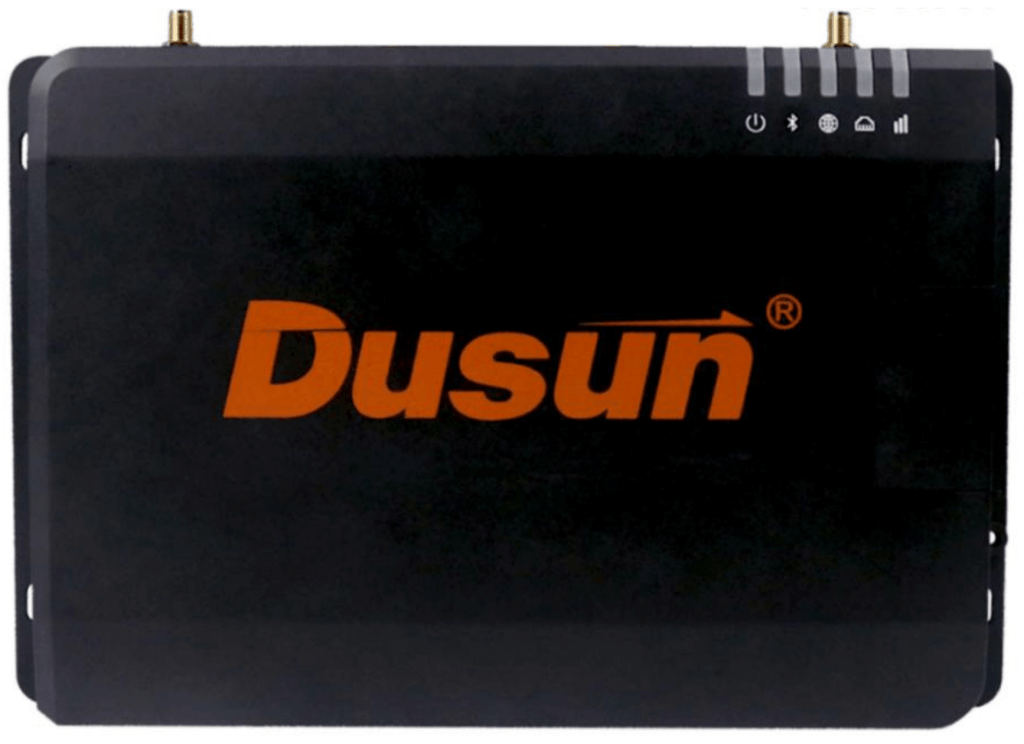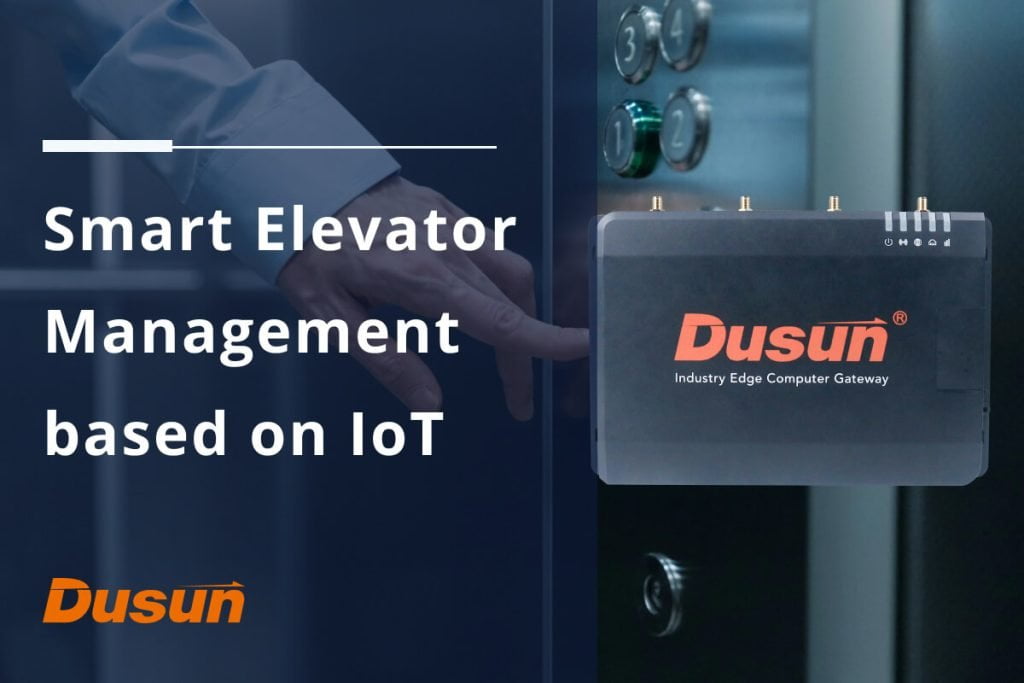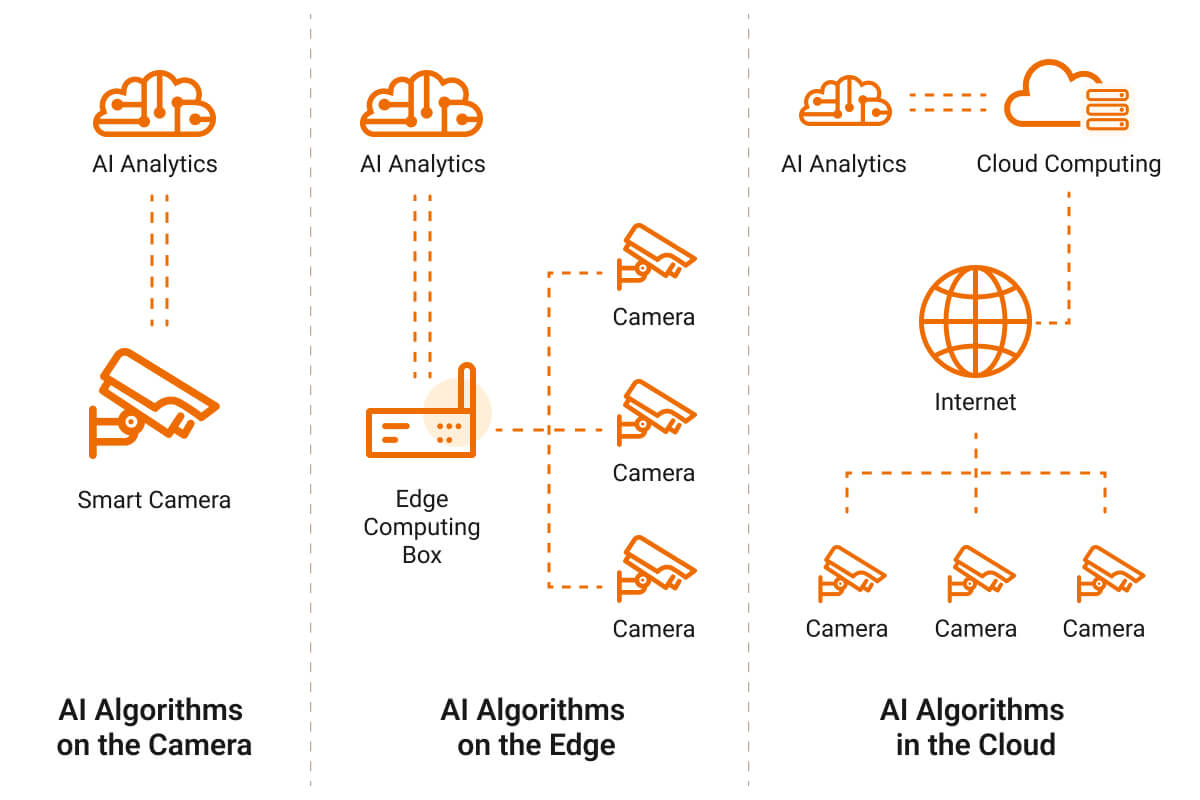The traditional elevators have become intelligent, integrating with the Internet of Things (IoT) to enhance safety, energy efficiency, and user experience. The article aims to help construction managers, engineers, and architects understand the potential of IoT elevators and make informed decisions when considering their implementation in modern buildings.
This article also discusses the importance of an IoT elevator, the benefits of its implementation, the role of IoT gateways in elevator systems, and the recommended IoT gateway for IoT elevators.
What is an IoT Elevator?
An IoT elevator is an elevator that is attached to various sensors, actuators, and a control system connected with the internet technology. An IoT gateway helps to connect the IoT elevator with internet, providing real-time data monitoring, analysis, and automation capabilities. This system allows the elevator to be remotely controlled, monitored, and optimized for efficiency and safety.
Importance of IoT Elevators in Modern Buildings
IoT elevators are increasingly important in modern buildings because they enhance safety, efficiency, and user experience. With IoT technology, building managers can remotely monitor and control elevators, track usage patterns, and identify maintenance needs before they become critical issues. Furthermore, IoT elevators can improve the overall energy efficiency of buildings, reduce downtime, and lower maintenance costs.
Benefits of IoT elevator
IoT technology offers several benefits for equipment manufacturers of elevators, including:
Competitive Advantage
Integrating IoT technology in elevators can give equipment manufacturers a competitive advantage. IoT-enabled elevators are perceived as more advanced and can provide a better user experience, leading to increased customer satisfaction and repeat business.
Data-Driven Insights
IoT technology in elevators generates vast data that can be analyzed to provide valuable insights into elevator performance, usage patterns, and maintenance needs. Equipment manufacturers can use this data to optimize elevator design, improve efficiency, and reduce costs.
Predictive Maintenance
IoT technology can monitor the health of elevator components in real-time, allowing equipment manufacturers to perform maintenance proactively rather than reactively. It reduces downtime, increases elevator lifespan, and lowers maintenance costs.
Energy Efficiency
IoT-enabled elevators can optimize their energy consumption based on occupancy, time of day, and weather conditions leading to significant energy savings and low operational costs for equipment manufacturers.
Improved Safety
IoT technology in elevators can detect issues in real-time and alert maintenance teams before they become safety hazards. It reduces the likelihood of accidents and injuries, which can result in costly lawsuits for equipment manufacturers.

How does the IoT gateway work with the IoT elevator system?
IoT gateways are critical in integrating IoT technology into elevator systems, providing value adding features to a regular elevator. Here is an overview of how IoT gateways work with IoT elevator systems:
IoT Gateway Functionality
The IoT gateway acts as a bridge between the elevator’s smart sensors and controllers and the cloud-based platform that processes and analyses the data generated by the elevator.
Data Collection
IoT gateways collect data from sensors and controllers in the elevator and transmit it to the cloud-based platform for analysis and storage. The data collected includes elevator status, location, usage, and any detected anomalies.
Cloud-Based Platform
The cloud-based platform receives the data from the IoT gateway and analyses it to generate insights into the elevator’s performance. The machine learning algorithms on the platform identify patterns and trends in the data, allowing fault prediction and providing actionable insights to maintenance personnel.
Remote Access
IoT gateways in elevators provide remote access to the elevator’s controllers and sensors, allowing for remote monitoring and maintenance. It enables equipment manufacturers to provide remote technical support to their customers, reducing the need for on-site visits and reducing downtime.
Edge Computing
IoT gateways in IoT elevator systems may have a built-in edge computing capability, allowing them to process data locally before sending it to the cloud. Edge computing gateway also enables the IoT elevator system to continue to operate even if the network connection to the cloud is lost.
Communication Interfaces for IoT Elevator
An IoT elevator manufacturer can choose from multiple communication interfaces and protocols to deploy in an IoT elevator. Some standard communication interfaces used in IoT elevators are given below.
Ethernet
This wired communication protocol provides reliable, high-speed data transfer between devices. It is commonly used to connect sensors and controllers to the IoT gateway.
Wi-Fi
A wireless communication protocol providing high-speed data transfer is commonly used to provide internet connectivity to the IoT gateway.
Cellular
This provides reliable and ubiquitous connectivity to IoT devices, even in remote or low-bandwidth areas. It is commonly used to provide connectivity to the cloud-based platform.
CAN (Controller Area Network)
A wired communication protocol commonly used in automotive and industrial applications that can support high-speed data transfer and long distances.
LoRaWAN (Long Range Wide Area Network)
A wireless communication protocol that can support long-range communication with low-power consumption, making it suitable for IoT elevator systems in remote areas.
You may also be interested in Indoor vs. Outdoor LoRaWAN Gateways: What’s Right for You?
Zigbee
This low-power wireless communication protocol is commonly used for home automation and IoT applications. It can connect various sensors and controllers in an IoT elevator system.
Z-Wave
A wireless communication protocol designed for home automation that can support low-power devices with long battery life, making it suitable for IoT elevator systems with low-power consumption requirements.
Bluetooth
A short-range wireless communication protocol used in smartphones and other mobile devices. It connects smartphones and tablets to the IoT elevator system for remote monitoring and control.
RS-485
This wired communication protocol is commonly used in industrial control systems. It can connect various sensors and controllers in an IoT elevator system.
Comparative Analysis
The choice of communication interface depends on the specific requirements of the IoT elevator system, such as the distance between devices, the need for reliable and high-speed data transfer, and the availability of wired or wireless connectivity.
| Communication Interface | Type | Range | Bandwidth | Power Consumption | Suitability |
| Ethernet | Wired | Short | High | High | Suitable for high-speed data transfer and reliable connectivity |
| Wi-Fi | Wireless | Short | High | High | Suitable for providing wireless internet connectivity |
| Cellular | Wireless | Long | Low to High | Low to High | Suitable for remote and ubiquitous connectivity |
| CAN | Wired | Long | Low to High | Low | Suitable for high-speed data transfer and long distances |
| LoRaWAN | Wireless | Long | Low | Low | Suitable for remote areas with low power consumption |
| Zigbee | Wireless | Short | Low | Low | Suitable for low-power IoT elevator systems |
| Z-Wave | Wireless | Short | Low | Low | Suitable for low-power IoT elevator systems with long battery life |
| Bluetooth | Wireless | Short | Low to Medium | Low to Medium | Suitable for remote monitoring and control with smartphones and tablets |
| RS-485 | Wired | Long | Low to Medium | Low to Medium | Suitable for connecting sensors and controllers in an IoT elevator system |
IoT elevator design for an urban shopping mall
Considering this use case, the best suited protocols for several communication needs are mentioned below.
- Ethernet for internect connectivity.
- RS-485/Zigbee/Z-wave to collect data from multiple sensors.
- CAN bus to communicate between multiple elevators.
Additionally. an IoT gateway required to communicate between IoT elevator system and application layer. The Dusun DSGW-089 IIoT Gateway is supports all required communication standards and hence can be deployed to design an IoT elevator system.

SoC Technology in IoT Elevator
IoT elevators use multi-protocol system-on-chip (SoC) technology to enable advanced IoT features. It is a single integrated circuit combining multiple components, such as a microprocessor, memory, and communication interfaces, onto a single chip.
Multi-Protocol SoC technology integrates multiple communication interfaces and protocols on a single chip, allowing connecting with different devices and networks. It is essential for IoT elevators, which use other communication protocols to communicate with sensors, controllers, and gateways.
For instance, an IoT elevator may use Ethernet or Wi-Fi to connect to the local network, Zigbee or Z-Wave to connect to the sensors and controllers, and cellular or LoRaWAN to connect to the cloud-based platform. Using multi-protocol SoC technology, the IoT elevator can support all these communication protocols, making managing and maintaining the system easier.
Recommended IoT Gateway to Build IoT Elevator

The Dusun DSGW-089 IIoT Gateway is designed for the IoT elevator industry. It features the use of the i.MX8M mini SoC technology, provides high performance and power efficiency. This IoT elevator gateway is equipped with an i.MX8M quad-core processor, 2GB DDR4 RAM, and 8GB eMMC storage.
The device supports various communication protocols such as RS485, CAN, Ethernet, and Wi-Fi. It also has multiple I/O interfaces for connecting sensors and actuators. The device can be easily integrated with existing elevator control systems and can provide real-time monitoring, analysis, and automation.
The DSGW-089 i.MX8M Lift IIoT Gateway is a high-performance device ideally suited and recommended for IoT elevator systems. It realizes data optimization, real-time response, agile connection and intelligent analysis on the IoT edge, significantly reduces the data flow between field sites and data center, and avoid bottlenecks of cloud-end computing.
The Dusun IoT elevator gateways’s multi-protocol support, real-time data processing capabilities, secure communication, compact and rugged design, and low power consumption make it an ideal device for collecting and analyzing data from sensors and controllers in IoT elevator systems.
IoT Elevaror FAQs
What are some of the most common sensors used in IoT elevators?
Some of the common sensors used in IoT elevators includes motion, position, vibration, temperature, humidity, pressure, and proximity sensors.
Which parameters can be monitored using an IoT gateway in IoT elevators?
IoT gateway monitors various aspects of the elevator’s performance, such as its movement, position, stability, temperature, and humidity, and provides real-time data to the control system for analysis and optimization.
What could be the security risks while designing IoT elevators?
Some potential security risks include unauthorized access to the elevator system, manipulation of the elevator’s control system, and exposure of sensitive data.
How to avoid security risks in IoT elevators?
The risks can be minimized by implementing data encryption, strong authentication, and regular monitoring of suspicious activities in an IoT elevator.



















